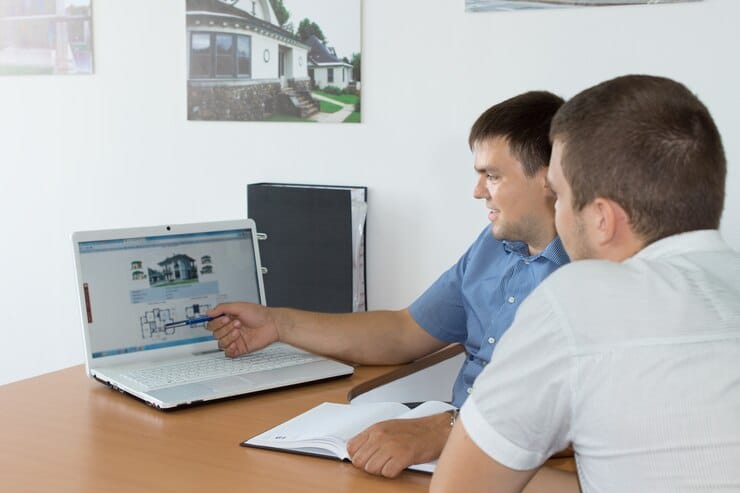Creating and hosting your own website doesn’t have to cost a dime. There are free hosting services and tools available that let you set up a professional-looking site without the need for a hefty budget. This guide explores the best options, tools, and steps to host your own website for free.
1. Choose the Right Free Hosting Provider
The first step is selecting a hosting service that offers free plans. While free hosting has limitations, it’s sufficient for personal projects, small blogs, or portfolio websites.
Top Free Hosting Providers
- InfinityFree: Offers unlimited bandwidth, 5 GB storage, and no ads.
- FreeHosting: Includes 1 website, 10 GB storage, and 250 MB email accounts.
- 000webhost: Ideal for beginners with 1 GB storage and WordPress support.
- GitHub Pages: Great for developers who want to host static sites for free.
- Netlify: Popular among developers for hosting and deploying modern web applications.
Tip: Compare features like storage, bandwidth, and customer support before deciding.
2. Use Free Website Builders

Website builders are user-friendly tools that allow you to create and host websites without needing technical skills.
Popular Free Website Builders
- Wix: Drag-and-drop builder with customizable templates. Free plan includes a Wix subdomain.
- Weebly: Ideal for small businesses with free e-commerce options.
- WordPress.com: Offers free hosting with a WordPress subdomain.
Tip: Choose a builder that aligns with your website’s purpose and customization needs.
3. Leverage Free Static Site Hosting
If your website is static (doesn’t require a database), you can use platforms designed for static site hosting.
Examples
- GitHub Pages: Perfect for hosting personal or project-based sites.
- Netlify: Provides free hosting with modern deployment features.
- Vercel: Excellent for React and Next.js developers.
Tip: Static hosting is faster and more secure than traditional hosting.
4. Utilize Cloud Platforms with Free Tiers
Cloud providers often offer free tiers suitable for small websites.
Options
- Amazon AWS: Free tier for one year includes 5 GB storage with S3.
- Google Cloud: Free tier offers free hosting credits and tools.
- Microsoft Azure: Provides a free tier for basic hosting needs.
Tip: Cloud hosting requires some technical knowledge but offers flexibility and scalability.
5. Host Locally with Your Own Hardware
If you prefer full control, you can host your website on your personal computer.
Steps to Host Locally
- Install a Local Server: Use software like XAMPP, WAMP, or MAMP to create a local server.
- Configure Your Website: Set up your website files and database on the local server.
- Expose Your Server to the Internet: Use port forwarding and a static IP address to make your site accessible online.
- Domain Setup: Link your domain to your IP address or use free dynamic DNS services like No-IP.
Tip: Hosting locally is best for small-scale projects or testing. Be aware of the risks like downtime and security vulnerabilities.
6. Use Free Subdomains
Many free hosting services and builders provide subdomains instead of custom domains.
Examples of Free Subdomains
- yourname.github.io (GitHub Pages).
- yourname.wordpress.com (WordPress.com).
- yourname.wixsite.com (Wix).
Tip: Subdomains are great for personal projects but may lack professional appeal.
7. Optimize Your Free Hosting Plan
Make the most of your free hosting plan by using lightweight designs and minimizing resource usage.
Tips for Optimization
- Compress Images: Use tools like TinyPNG to reduce image sizes.
- Enable Caching: Improve site speed with caching plugins like WP Super Cache.
- Choose Lightweight Themes: Opt for simple, fast-loading website themes.
Tip: Regularly monitor your website’s performance to avoid exceeding free plan limits.
Pros and Cons of Free Hosting
Pros
- Cost Savings: No financial investment required.
- Ease of Use: Beginner-friendly platforms and tools.
- Quick Setup: Launch a website in minutes.
Cons
- Limited Resources: Storage and bandwidth are often restricted.
- Subdomain Dependency: No custom domain without upgrading.
- Ads: Some providers display ads on free websites.
- Lack of Support: Free plans usually have minimal customer support.
Conclusion
Hosting your own website for free is a great way to start your online journey without breaking the bank. Whether you choose a free hosting provider, a website builder, or local hosting, there are plenty of options to suit your needs. While free hosting has its limitations, it’s a valuable stepping stone before transitioning to a paid hosting plan for more robust features.
FAQs
1. Can I host a free website with a custom domain?
Yes, but you’ll need to purchase a custom domain and link it to your free hosting provider, provided they allow this feature.
2. Is free hosting suitable for e-commerce websites?
Free hosting is generally not recommended for e-commerce sites due to limited resources and potential security risks.
3. Can I upgrade from free hosting to paid hosting later?
Most free hosting providers offer seamless upgrades to paid plans with more resources and features.
4. Are there any hidden costs in free hosting?
Some providers may charge for additional features like SSL certificates, backups, or removing ads. Always read the terms of service.
5. How reliable is free hosting?
Free hosting can be less reliable than paid options, with potential downtime, limited support, and slower loading speeds.

